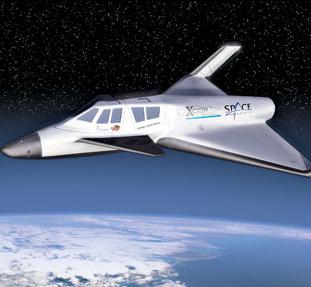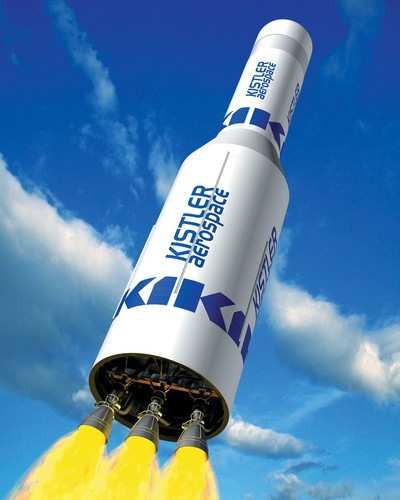Establishes New Part 460 Guidelines For Flight Crews
 After receiving
comments from The FAA received comments from 42 entities, including
aerospace companies, associations, service providers, individuals
and other agencies of the US Government, the Federal Aviation
Administration has issued its Final Rule on regulations that will
govern commercial spaceflight.
After receiving
comments from The FAA received comments from 42 entities, including
aerospace companies, associations, service providers, individuals
and other agencies of the US Government, the Federal Aviation
Administration has issued its Final Rule on regulations that will
govern commercial spaceflight.
Operators of launch and reentry vehicles who provided comments
to the agency include:
- Blue Origin, LLC (Blue Origin)
- The Personal Spaceflight Federation 2 (Federation)
- Rocketplane Limited, Inc. (Rocketplane)
- TGV Rockets, Inc.
- XCOR Aerospace (XCOR)
The following associations, individuals and service providers
also commented: Airline Pilots Association International (ALPA);
Association of Space Explorers-USA (ASE), International Association
of Space Entrepreneurs and Institute for Space Law and Policy (IASE
and ISLAP); Knutson & Associates, Attorneys at Law (Knutson);
Nickolaus Leggett (Leggett); Planehook Aviation Services, LLC
(Planehook); Predesa, LLC (Predesa) and James Snead.
In general, the commenters supported the proposed requirements
announced in August, but with
several suggested changes.
In its final rule, the FAA changes parts 401, 415, 431, 435 and
440 of Title 14 of the Code of Federal Regulations, and establishes
a new part 460 in response to the Commercial Space Launch
Amendments Act of 2004 (CSLAA) requirement to issue regulations
governing crew and space flight participant, by June 23, 2006.
Part 460 applies to anyone applying for or having a license or
permit under Title 14 Code of Federal Regulation (CFR) Chapter III,
who conducts a flight with crew or space flight participants
onboard a vehicle, or employs a remote operator of a vehicle with a
human on board. This part also applies to a space flight
participant or crew member participating in an activity authorized
under 14 CFR Chapter III.
The new Part 460 also defines crew and flight crew and imposes
notification, medical, qualification, and training requirements. It
also specifies informed consent and training requirements for space
flight participants.
The FAA originally stated all pilots of commercial spaceflight
vehicles would be required to hold an instrument rating. The
industry responded, however, that in many cases that requirement
may not be enough. Some companies suggested those requirements be
should be made more restrictive -- like requiring all spacecraft
pilots to be test pilots, for example.
Other companies said that for their operations, however -- such
as automated launch operations that return to Earth under a
parachute, where no actual "piloting" would actually take place --
that requirement might be too restrictive.

The Final Rule also clarifies the definition and requirements
for pilots controlling a spacecraft by remote control --
essentially, for personnel at Mission Control facilities.
The document is 31 pages long... and contains enough
government-speak to satisfy the most ardent
bureaucrat. But it's well worth the time to read it... after
all, these rules are what many of us hope will govern our own
flights to the stars, someday!
 ANN's Daily Aero-Term (05.09.24): Hold Procedure
ANN's Daily Aero-Term (05.09.24): Hold Procedure ANN's Daily Aero-Term (05.06.24): Altitude Readout
ANN's Daily Aero-Term (05.06.24): Altitude Readout ANN's Daily Aero-Linx (05.06.24)
ANN's Daily Aero-Linx (05.06.24) Airborne-NextGen 05.07.24: AI-Piloted F-16, AgEagle, 1st 2 WorldView Sats
Airborne-NextGen 05.07.24: AI-Piloted F-16, AgEagle, 1st 2 WorldView Sats Aero-News: Quote of the Day (05.07.24)
Aero-News: Quote of the Day (05.07.24)




